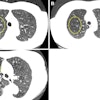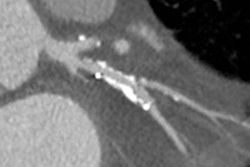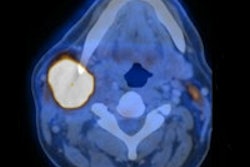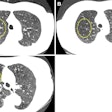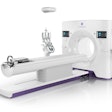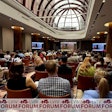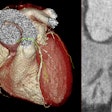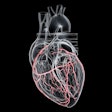Dear Cardiac Insider,
Hot off the press today comes welcome confirmation that adding a cardiac CT perfusion exam can salvage CT angiography (CTA) undertaken to evaluate stent patency. The question is arising with increasing frequency, of course, because so many stents are being implanted -- and in smaller and smaller coronary vessels that present the greatest challenges to CTA, according to the German study team.
Looking for in-stent restenosis is a challenging but critical job that has few noninvasive alternatives; neither MRI nor SPECT myocardial perfusion imaging does an adequate job alone. You'll find the details of this U.S. National Institutes of Health-funded study here.
Coronary CTA (CCTA) is also plagued by too many inappropriate referrals. But as reported last week at the U.K. Radiological Congress in Liverpool, following just a few simple guidelines can help ensure that every CCTA examination is using the resources and the radiation appropriately. Question one: Can the patient hold his or her breath? Find out how a hospital in Plymouth got things on track by clicking here.
Also from the U.K. come new clinical guidelines on PET/CT to ensure those exams, in the heart and elsewhere, are being ordered appropriately.
Cardiac PET/MRI, the newest kid on the block, is making important inroads, according to researchers from Essen, Germany, who found parity between FDG-PET and MRI in a story you'll find here.
Meanwhile, a team from Hannover, Germany, is focusing its efforts on inflammation. The group has found that an established treatment for cancer patients can offer a novel therapeutic approach to decrease the levels of inflammation in the atherosclerotic plaques of patients with cardiovascular disease. Click here for details.
For more articles, please scroll though the links below. And for the latest in cardiac imaging news from the researchers who do it best, we hope you'll stay tuned to your AuntMinnieEurope.com Cardiac Imaging Digital Community.


